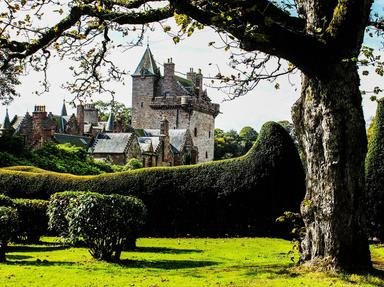Quiz Answer Key and Fun Facts
1. Which son of Mary, Queen of Scots, succeeded Elizabeth I when he became King of the United Kingdom in 1603?
2. Which Scottish mathematician published in 1614 the book in which he described his invention of the mathematical tool logarithms?
3. On 28 February 1638 many members of the Church of Scotland gathered in Greyfriars churchyard, Edinburgh, to sign a document protesting against religious changes introduced by King Charles I. What was the name of this document?
4. At which battle of 3 September 1650 did Cromwell's army defeat a Scottish army under David Leslie during the Civil War?
5. Which Scottish nobleman initially fought for the Scottish Covenanting army which invaded England but later changed sides and led Charles I's army against Parliament in the Civil War?
6. Following Cromwell's invasion of Scotland, what title was given to the forced union of Scotland with England?
7. After the Restoration of Charles II in 1660, religious divisions flared in the Church of Scotland, leading to many ministers and their congregations being forced out of the Church. What name was given to the meetings they held, often in the open air, to conduct their services?
8. After the Glorious Revolution toppled James II from his throne, some Scots who wanted him restored rose in rebellion. They were called Jacobites. What did the name Jacobite mean?
9. Members of which clan were the victims at the Massacre of Glencoe of 1692?
10. In the 1690s, where did Scottish merchants try to set up a colony only for the disastrous expedition to almost bankrupt the country?
Source: Author
Quizaddict1
This quiz was reviewed by FunTrivia editor
bloomsby before going online.
Any errors found in FunTrivia content are routinely corrected through our feedback system.
